Growing holly meserv
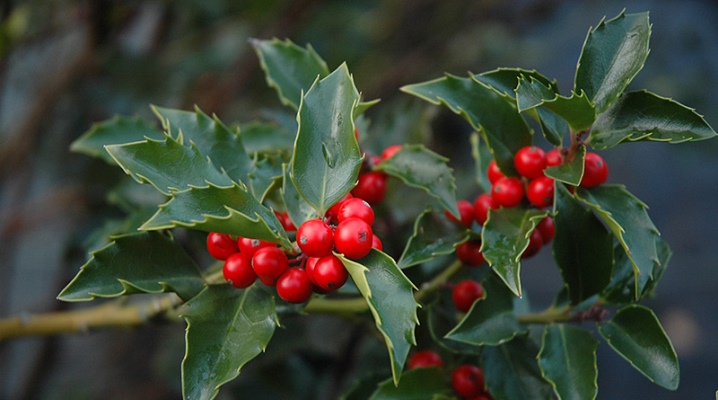
Holly meserva (holly) is an evergreen tropical plant. The type of "meserv" is a novelty for many, so even experienced gardeners may have a number of questions about caring for holly. Anyway this type of shrub definitely deserves attention because of its beauty.
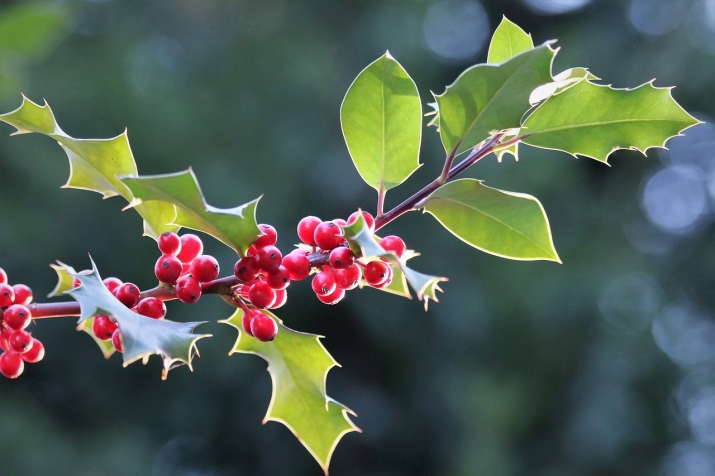
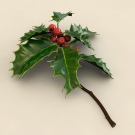

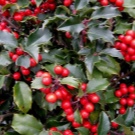
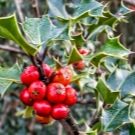

Description
The optimum ambient temperature is about 20 degrees. Withstands heat and short frosts, however, the long winter characteristic of Russia and a small number of sunny days a year have a detrimental effect on the plant.
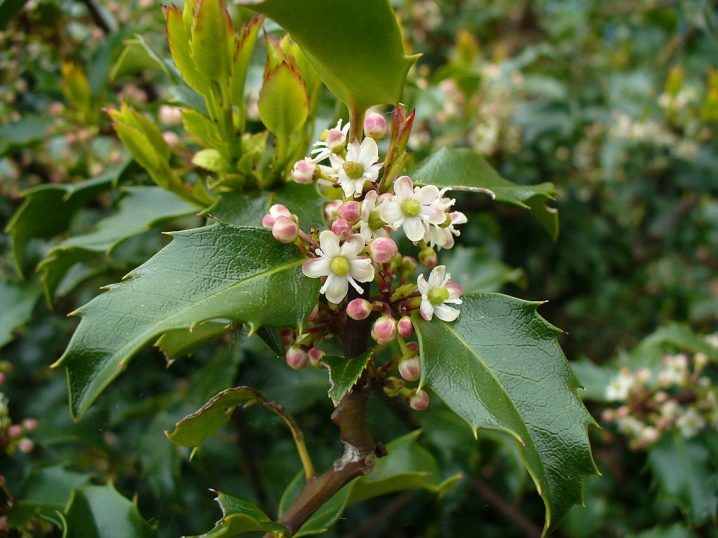
There are approximately 400 varieties of holly in total.
Holly is very susceptible to the soil in which it is planted: a moderately moist soil, rich in humus, is needed. The shrub tolerates transplanting especially badly, therefore the death of young plants is a frequent phenomenon, especially in the first year.
Overview of varieties
In comparison, the different varieties of holly have pros and cons. This applies to resistance to various weather conditions, soil requirements and the amount of sunlight. Comparison will help you figure out which variety is right for a particular region and climate.
- Drought resistance. The varieties "Blue Angel", "Blue Prince", "Blue Princesses" can survive dry periods without any problems. "Heckenstar" and "Heckenfee" cannot boast of such qualities. These varieties need to keep the soil moderately moist.
- Lighting. A sunny place or a place with partial shade requires Blue Angel, Blue Prince, Blue Princesses and Heckenfee varieties. Heckenstar, on the other hand, prefers places in the shade, out of direct sunlight.
- The soil. For all considered varieties, the requirements are the same: well-drained, moist and humus-rich soil.
- Flowering period. Holly varieties "Heckenfy" and "Heckenstar" bloom in May-June. Holly "Blue Angel", "Blue Prince", "Blue Princesses" bloom in May.
- The size. Shrubs of these varieties reach 1.5-2 meters in height with proper care.
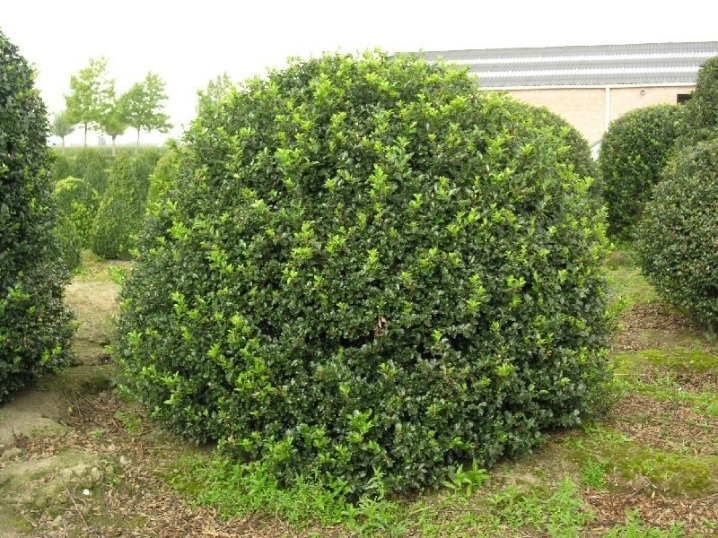
Considering the above facts, we can conclude that "Blue Angel", "Blue Prince", "Blue Princesses" have similar requirements for the landing site. They themselves have a blue tint in appearance. There are slight discrepancies in the shape and color of the leaf. "Heckenfy" and "Heckenstar" also have a lot of similarities, but if "Henkefi" has fruits in the form of bright red berries, then "Henkenstar" is not typical. There are also differences in how high a shrub of a particular variety can reach.
Landing
Finding the right landing site is one of the most important steps. The best place for holly is partial shade. You can plant the plant in a sunnier place, but it is important to ensure that the lighting is diffused. Direct sunlight should not be allowed to hit the leaves.
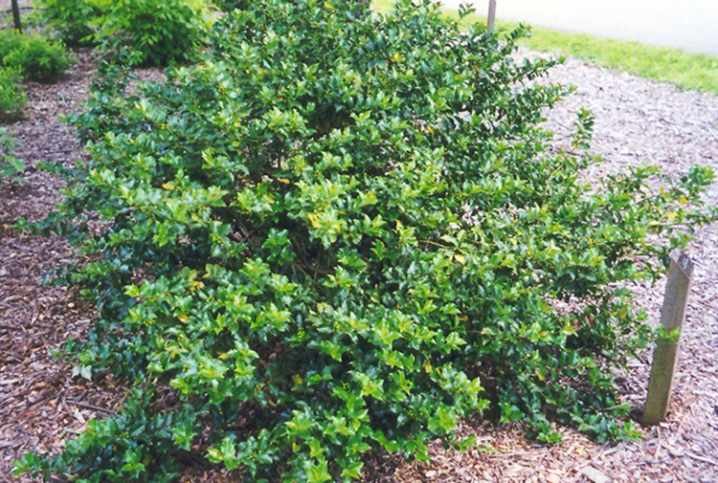
... Since holly is an evergreen plant, it is important to remember that the winter sun can harm the shrub, therefore, this factor must be taken into account when planting.
The soil in which the holly will be planted must be nutritious, with an admixture of humus. It is important to maintain an optimal level of moisture, because some varieties of holly categorically cannot stand the drying out of the soil. Watering should be done as needed. Excessive soil moisture can harm shrubs just as much as lack of moisture.
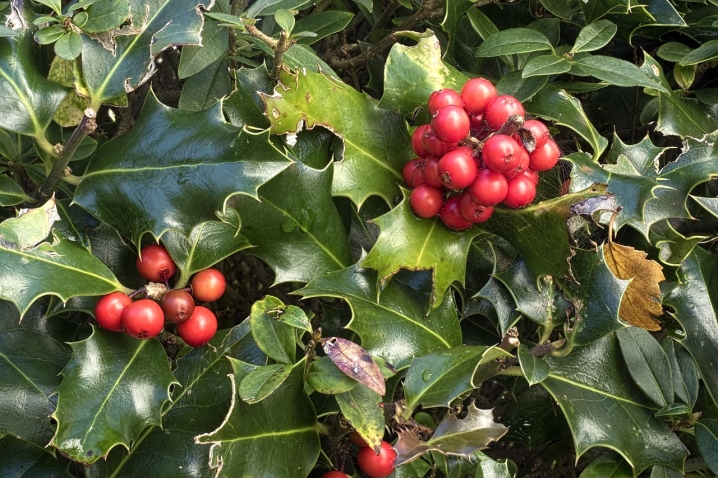
Care
Among the points of proper care, one can single out the regular loosening of the soil around the trunk of the bush.Dead and dried branches must be carefully removed as they appear. Since the holly is a dioecious plant, it is worth planting a female and a male plant next to each other for pollination.

Pruning is not particularly required for the plant, since its crown grows very slowly and evenly. If it is still necessary to cut the bush, then this must be done after the end of fruiting. Holly lends itself to a curly haircut, which can be useful in landscaping.
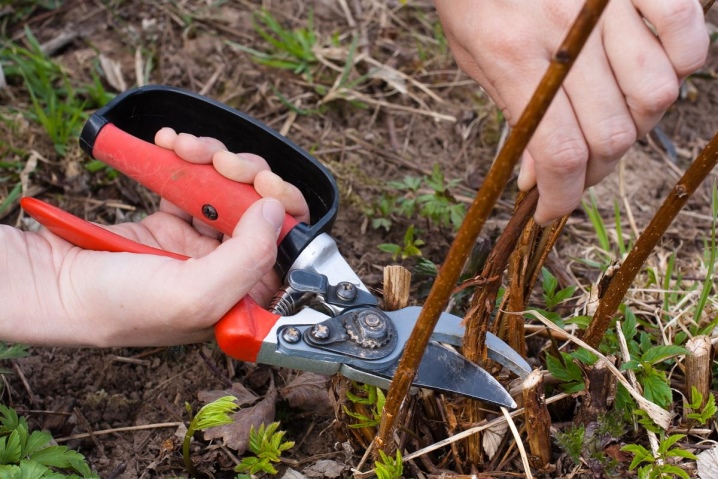
No specialized fertilizers are required. With the onset of spring, humus (humus) must be added to the soil - this will be enough. If you properly care for the holly, then the plant will always delight with its beauty.
Diseases and pests
One of the most common and frequent diseases in holly is late blight. As a rule, it appears at the end of summer, if it is rainy weather, and the temperature is not very high (about 20-24 degrees C). Signs of this disease are brownish-gray spots on the foliage and a cobweb-like coating.
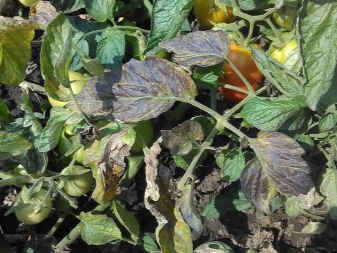
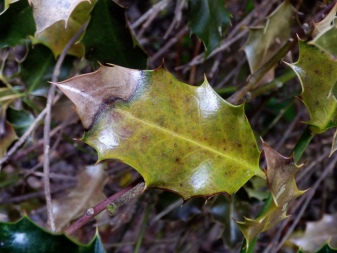
In addition to the fact that late blight infects the first infected plant, infection of neighboring plants is possible. If the bush has become infected, then it must be removed and the soil disinfected. In order to prevent infection of plants with late blight, it is worth planting not in open ground, but in a tub of soil. If one shrub becomes infected, then the risk of infection of the rest is minimal. Insects, on the other hand, do not pose a danger to the holly, since the plant is poisonous.
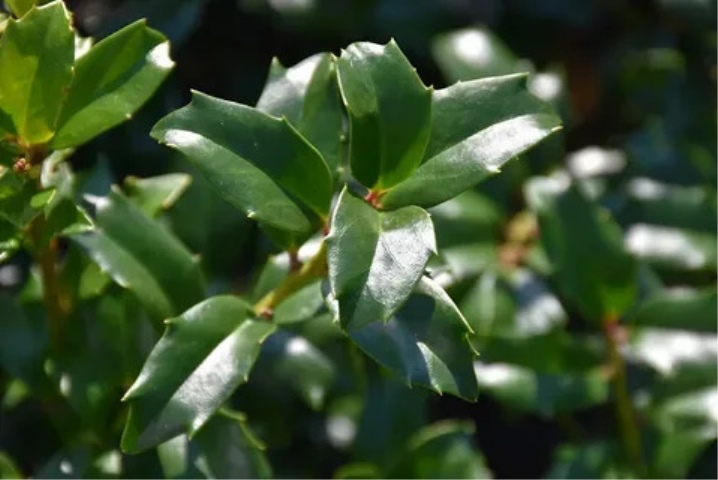
Summing up, we can say that Holly "mezerva" is a rather whimsical plant that requires proper care. Unsuitable soil, improper planting site and cold climate can cause the death of shrubs. However, the implementation of proper care and the implementation of all recommendations will allow you to admire the plant for more than one season.





























































The comment was sent successfully.